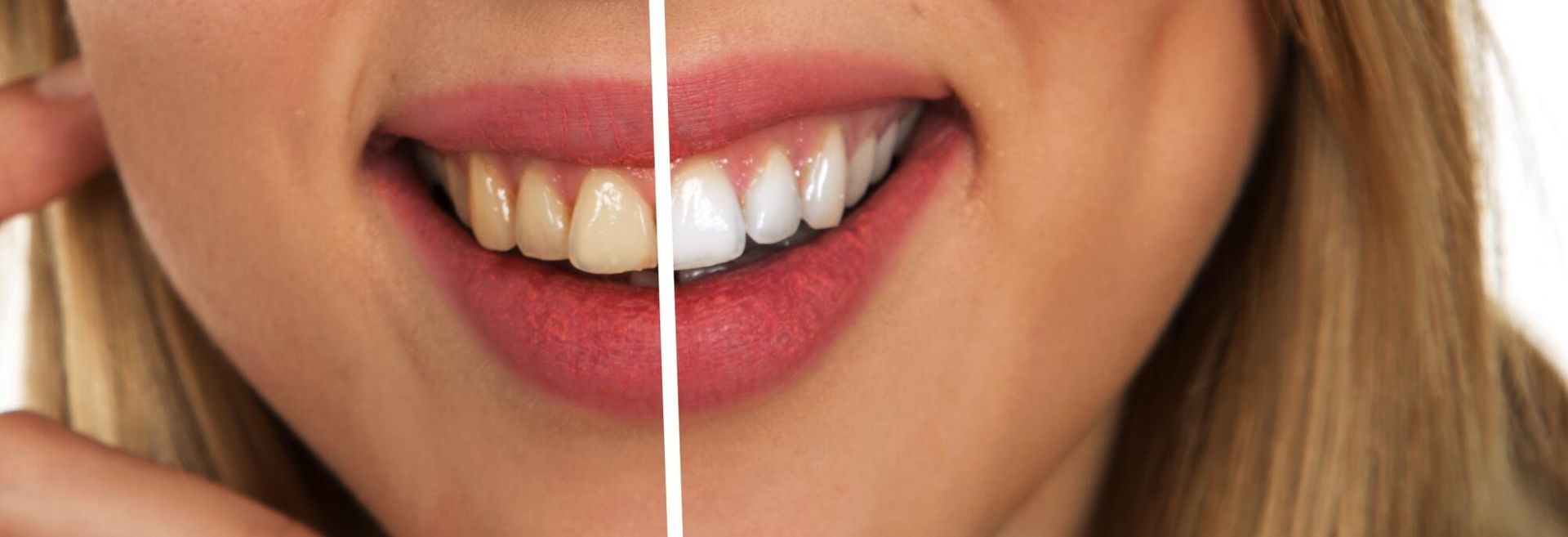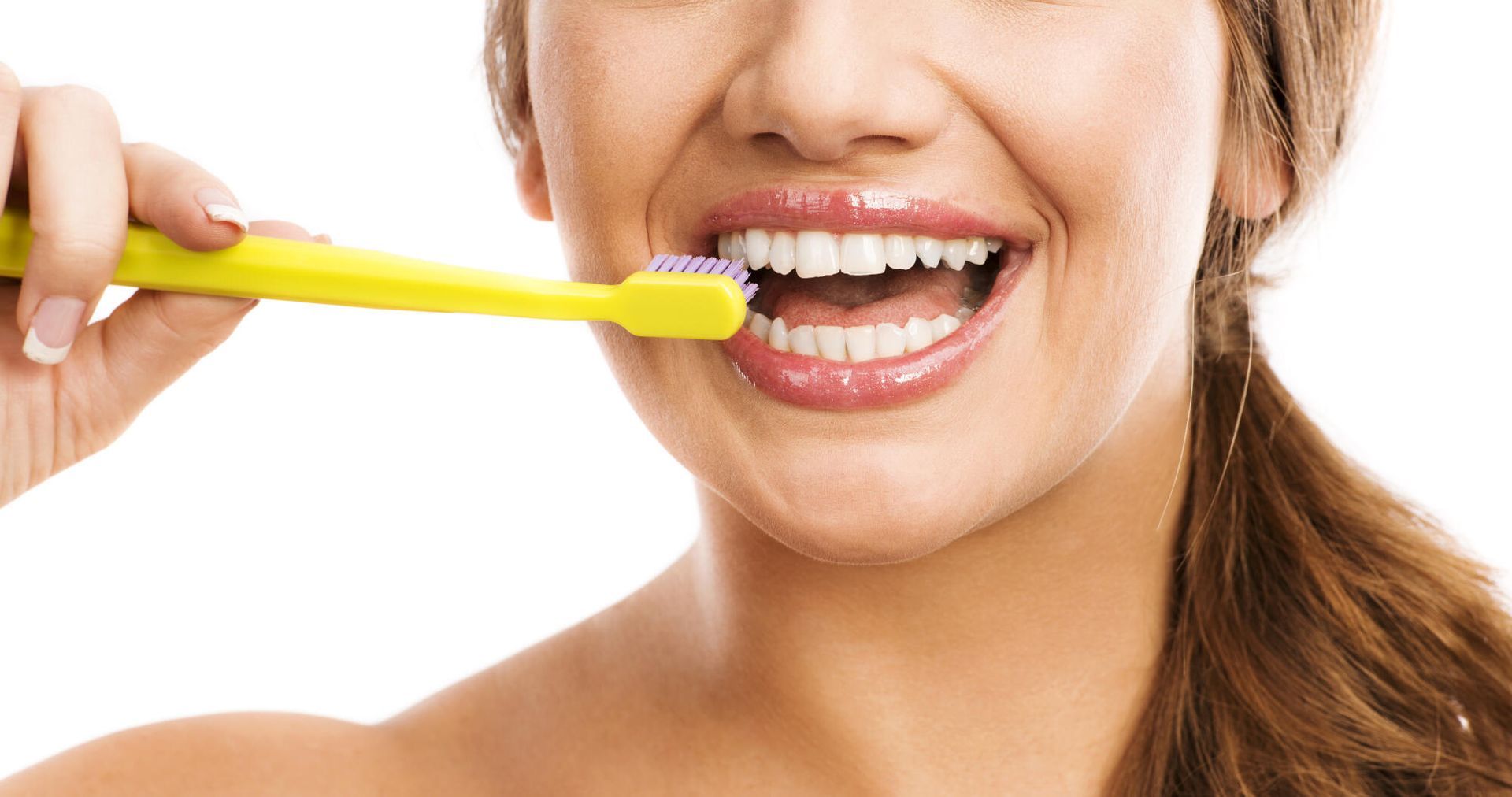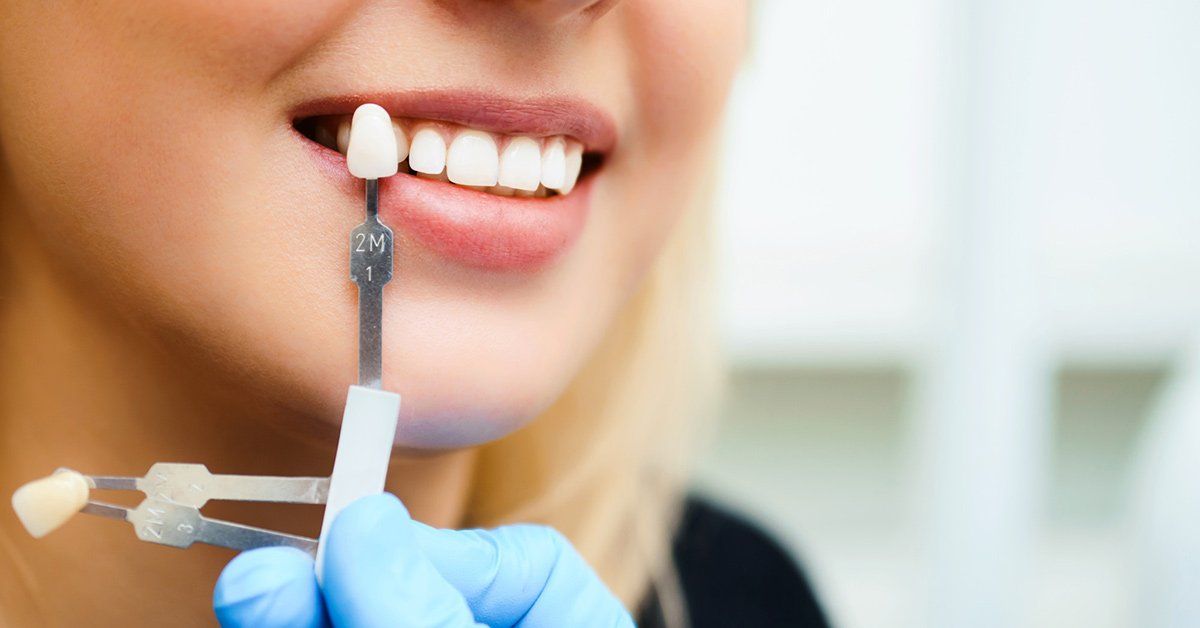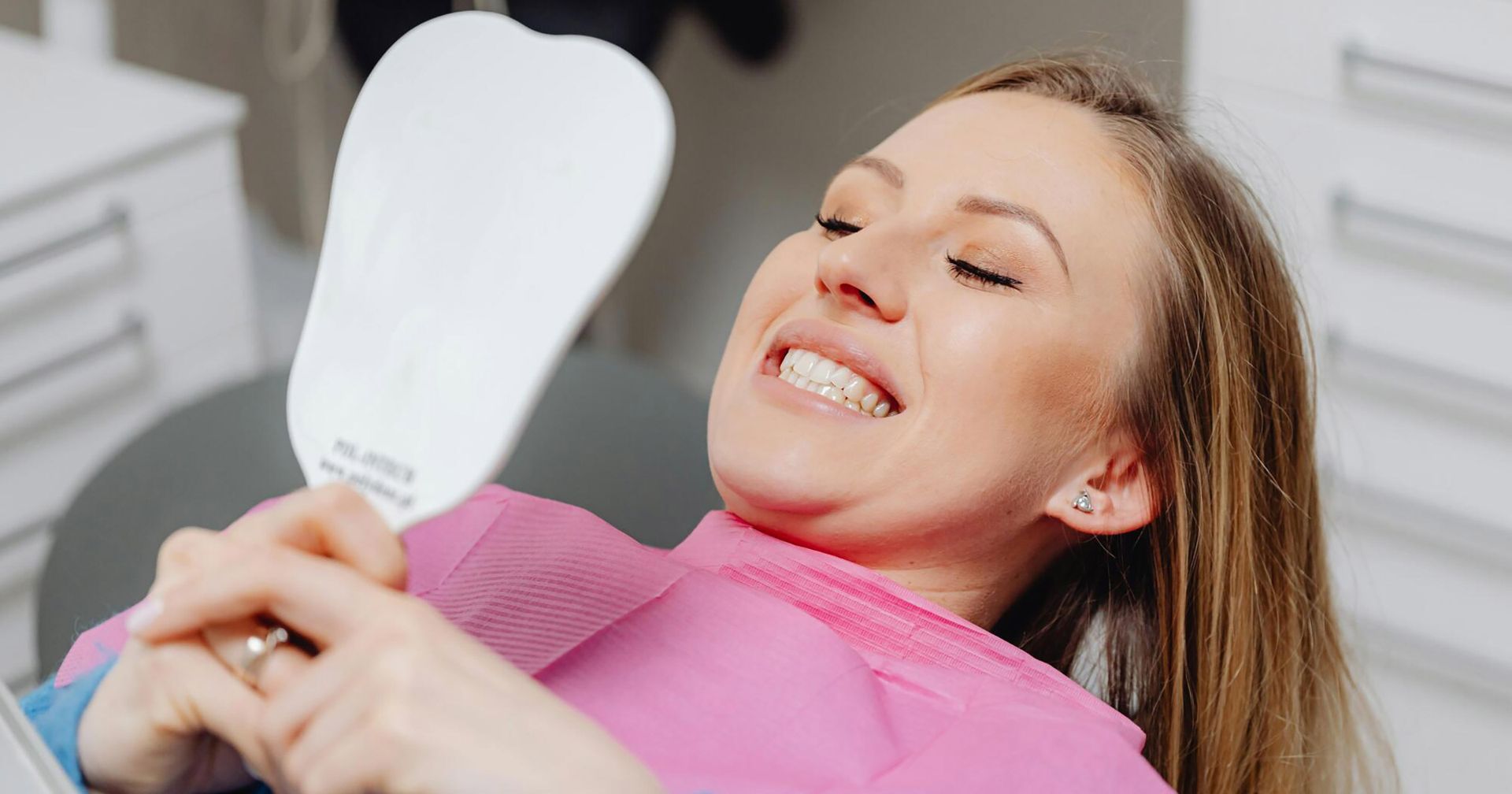What Is a CEREC Crown? Your Complete Guide to Same Day CEREC Crowns
Need a new dental crown? Here's everything you need to know about what a CEREC crown is and how it differs from traditional dental crowns.
Need a new dental crown? Short on time? Traditional crowns have failed you time and time again?
Well, all of this resolved by a CEREC crown. And now you're wondering what CEREC even is.
Keep reading to find everything you need to know about a CEREC crown and how it differs from a traditional dental crown.
What Is a CEREC Crown?
CEREC is an abbreviation for Chairside Economical Restoration of Esthetic Ceramics. It is a process that makes use of CAM/CAD design technology and computer-aided manufacturing to develop a perfectly sized and fitting crown for your damaged tooth.
The CAM/CAD technology will be used to record an image of your teeth and scan them. The data set is used to create a 3D model of the teeth, and then the CEREC crown is milled based on the model from a ceramic block.
After this, it has to be perfectly shaded to match your teeth color, following the standard bonding process to the tooth.
And what's great? All of this is done within a single appointment.How Does the Traditional Crown Process Differ from CEREC?
The main and most prominent difference is the number of appointments. A traditional crown has a variety of materials as it can be made with metal, ceramic, porcelain, zirconia, and combination fuses.
These are the steps a dentist will take to install a crown on your tooth:
- X-ray the area around the damaged tooth to determine if a crown is needed.
- Numb the tooth, file down edges, or use filling material to add more "tooth" for crown support.
- Create an impression in a putty above and below the tooth to measure the size of the crown.
- The impression is sent to lab, and the crown is made in 2 weeks on average. A temporary crown can be placed made of acrylic in the time being.
- After crown arrives, you come into cement the crown on the tooth.
A CEREC crown requires a single appointment, unlike a traditional process. They are all made of ceramic and can be used for broken, misshapen, or decayed teeth. Much like a traditional approach, and x-ray will still be taken in order to determine if you need root canal therapy.
But the process differs vastly later on:
- The dentist will use an intraoral scanner to create a digital data set of your teeth.
- The data set is used in a CAM/CAD software, which creates a digital tooth model.
- The model is sent to a milling machine, and it creates a physical crown from ceramic. This takes about 15 minutes.
- The dentist will polish and shade the crown to compliment your teeth and cement it the same day.
What Are the Advantages of CEREC Crowns?
- Saves time:
A single appointment is all you need, and you can have everything done within a short time frame.
- Saves money:
Appointments cost money, so does a temporary crown. Both of which are not needed in the CEREC crown process.
- Comfort: There are no impression pastes, no unnecessary filing, and extenuating inconveniences preventing you from having an enjoyable experience.
What About Disadvantages?
Same-day CEREC crowns are very convenient, but a traditional crown can still be a better choice in some scenarios.
For example:
- A metal crown is stronger and more resistant to wear and tear.
- If a fracture below the gum line is present, a traditional crown fits better. An intraoral camera is not able of capturing precise imagery below the gum line.
- In some cases, it provides a better smile, even though CEREC is very precise.
Nonetheless, a CEREC crown is still best for:
- Quick restoration: Your vivid smile is fresh within a few hours.
- Decay prevention: A temporary crown can contribute to decay.
- Functionality: Teeth have an effect on your smile, eating pattern, and speech. A CEREC crown returns your regular functionality.
- Injury prevention: CEREC crowns prevent injury by being fitted immediately, unlike traditional crowns that need a temporary crown that fits poorly and requires more drilling.
However, the benefits and cons will differ case-to-case and might sway the balance in favor of whichever crown accommodates the scenario the patient is in.
How to Care for Teeth After Having CEREC Installed?
A crowned tooth is bound to be a little sensitive for a couple of days. So it is important to care for your teeth to avoid unnecessary inconveniences and discomforts.
Avoid chewy or sticky foods after the crown has been placed. Brush teeth twice a day for two minutes both times. Floss each day. A dentist might also recommend a fluoride mouthwash to clean your teeth and alleviate cold and hot sensitivity.
Dental hygiene is as important after installment as it is before. So if you want to take care of your crown and prevent decay, take care of your mouth.
Semi-annual cleanings, exams, and preventative measures with a dentist will help prolong your healthy smile.
Your Smile - Your Choice
Now that we've covered the most potent information behind what CEREC is, how it is installed, advantages/disadvantages, and who can benefit the most, it is your choice to determine what is best for you. CEREC has a track record of great benefits and can be installed within a single session. However, there are certain scenarios that might benefit from a traditional crown.
Nonetheless, there really is no wrong choice. However, there are always rooms for the right choice. And that choice is behind you.
Whichever crown you choose to install, it will be right for you at that moment. So choose wisely.
If you would like to install CEREC crowns, get in touch with us (Simply Smiles DDS), and we will happily accommodate.













